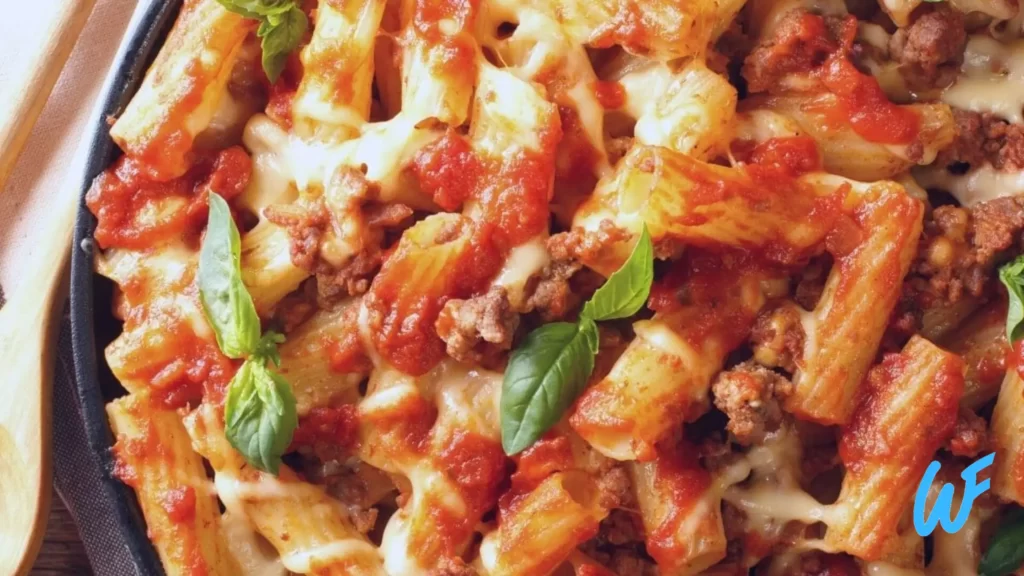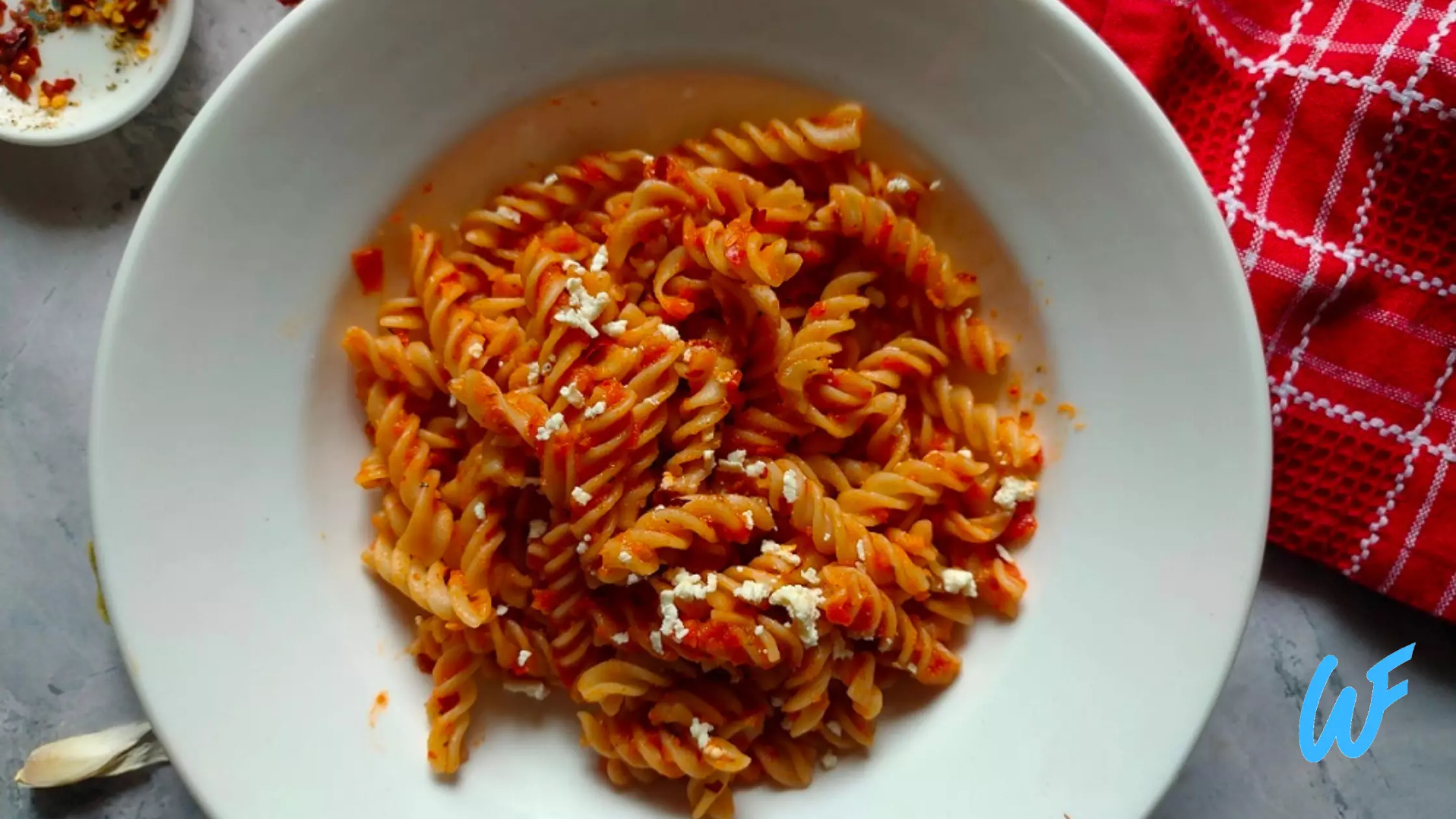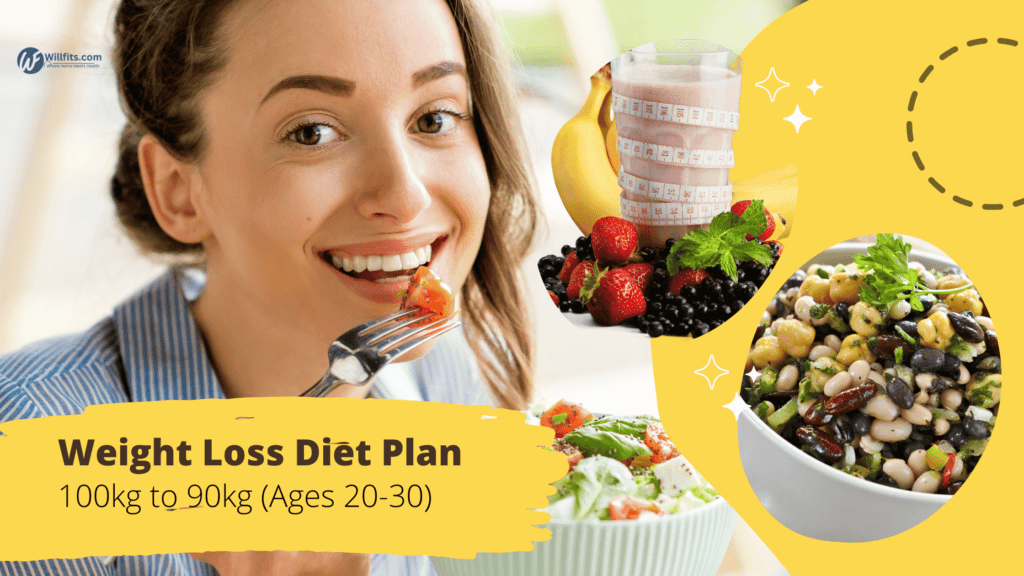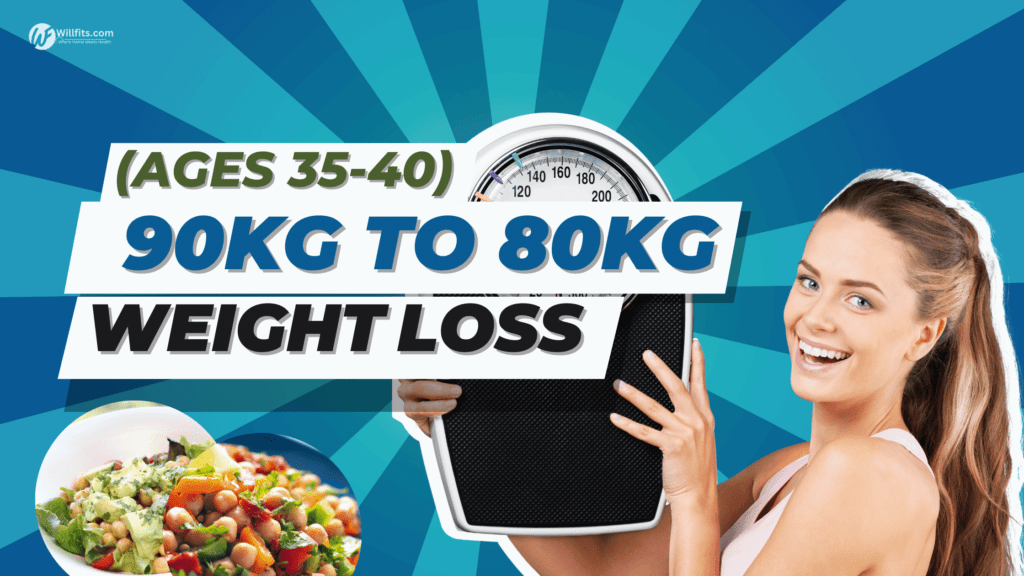
Gluten-Free Pasta with Tomato Sauce Recipe
Gluten-Free Pasta with Tomato Sauce can be a satisfying and flavorful option for weight loss. The use of gluten-free pasta allows individuals with gluten intolerance or sensitivity to enjoy a delicious pasta dish without compromising their dietary needs.
INGREDIENTS
- 8 ounces gluten-free pasta (such as brown rice pasta or quinoa pasta)
- 2 tablespoons olive oil
- 1 small onion, finely chopped
- 2 cloves garlic, minced
- 1 can (14 ounces) diced tomatoes
- 1 can (6 ounces) tomato paste
- 1 teaspoon dried basil
- 1 teaspoon dried oregano
- 1/2 teaspoon dried thyme
- 1/2 teaspoon red pepper flakes (optional, for spice)
- Salt and pepper to taste
- Fresh basil leaves for garnish (optional)
INSTRUCTIONS
Cook the gluten-free pasta according to the package instructions until al dente. Drain and set aside.
In a large saucepan, heat the olive oil over medium heat. Add the chopped onion and minced garlic. Sauté for 2-3 minutes until the onion becomes translucent.
Add the diced tomatoes (with their juice) and tomato paste to the saucepan. Stir well to combine.
Add the dried basil, dried oregano, dried thyme, red pepper flakes (if using), salt, and pepper. Stir again to evenly distribute the spices.
Reduce the heat to low and let the sauce simmer for 15-20 minutes, stirring occasionally, to allow the flavors to meld together.
Taste the sauce and adjust the seasonings if needed. Add more salt, pepper, or dried herbs according to your preference.
Once the sauce has thickened and the flavors have developed, remove it from the heat.
In a separate large pot, bring water to a boil. Cook the gluten-free pasta according to the package instructions until it reaches your desired level of doneness.
Drain the cooked pasta and return it to the pot.
Pour the tomato sauce over the cooked pasta and toss to coat the pasta evenly with the sauce.
Serve the gluten-free pasta with tomato sauce hot. Garnish with fresh basil leaves if desired.
TIPS
hoose gluten-free pasta wisely: Opt for gluten-free pasta made from whole grains like brown rice or quinoa, as they offer more fiber and nutrients compared to refined grain options.
Add vegetables: Enhance the nutritional value of the dish by incorporating sautéed or roasted vegetables into the tomato sauce. You can include bell peppers, zucchini, mushrooms, or spinach for added fiber and vitamins.
Control portion sizes: While pasta can be part of a healthy diet, portion control is key for weight loss. Be mindful of the recommended serving size and avoid overeating.
Balance your meal: Consider adding a side of protein, such as grilled chicken breast or roasted chickpeas, to make the dish more satisfying and balanced.
Experiment with herbs and spices: Customize the flavor of your tomato sauce by experimenting with different herbs and spices. You can add fresh basil, parsley, or a pinch of dried rosemary for extra aroma and taste.
Practice mindful eating: Slow down and savor each bite of your pasta meal. Pay attention to your body’s hunger and fullness cues to prevent overeating.
NUTRITION VALUE
- Calories: Approximately 300-400 calories (depending on the portion size and ingredients used)
- Carbohydrates: 50-60 grams
- Protein: 5-10 grams
- Fat: 8-10 grams
- Fiber: 6-8 grams














